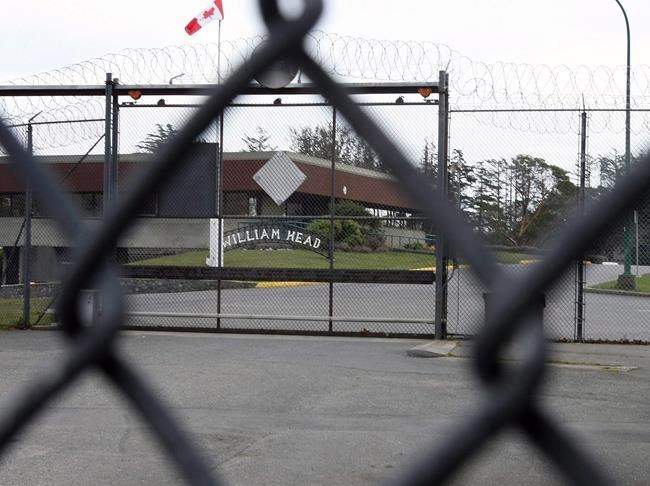VANCOUVER — The defence lawyer in the B.C. Supreme Court murder trial of an escaped inmate says the jury must acquit his client because the evidence doesn't align with the prosecution's theory of events.
Ryan Drury told a jury in closing arguments Tuesday that DNA evidence and lack of blood spatter on the clothes of James Lee Busch means either that his client wasn't in the house, that he didn't take part in the murder, or his only involvement was in cleaning up the crime scene.
"There are multiple scenarios that are open to you that are consistent with innocence, and you cannot put the pieces of the puzzle together like the Crown wants you to because they simply do not fit," he said.
Martin Payne, 60, was killed on July 8, 2019, a day after Busch and Zachary Armitagewalked away from William Head Institution. The prison was just eight kilometres from Payne's home in Metchosin on southern Vancouver Island.
Armitage began the trial with Busch, but the prosecution service said in November that the Crown is proceeding against the two on separate indictments.
"A mere connection in time and space to Mr. Armitage, does not equate to an inescapable finding that Mr. Busch then committed, participated in or aided in the commission of a murder," Drury said Tuesday.
Crown attorney Chandra Fisher said in her closing statement on Monday that the pair were "inseparable" and had gathered weapons and duct tape to confine Payne before he was murdered.
Unless Payne’s killer was a “master ninja” who could wield three weapons at once, there must have been two attackers in Payne's home, she said.
Fisher said Payne was larger than both of the men and two of them would have been needed to carry out the crime.
However, Drury said there was nothing about the wounds that shows they had to be inflicted by two people, and he suggested to the jury that Armitage worked alone.
"Using the hatchet that you've seen or using the knife that you've seen, one person could easily disable and overcome a bigger person with either of those weapons," he said.
"I'm going to suggest to you, members of the jury, Zack Armitage would not need to be a master ninja to do that."
The court heard that Busch's fingerprints were not found inside the house. But Fisher argued that because a pair of New Balance shoes found in the home had tested positive for both Busch and Payne's DNA, it proved Busch was in the house. Busch was arrested wearing Payne's hat and backpack that contained the victim's house and truck keys, she added.
Drury called the Crown's case "weak" and "speculative," saying the New Balance shoes alone are enough to acquit his client because very little blood was found on them.
"Do you think for a moment that these shoes would be so utterly lacking in blood if Mr. Busch was wearing them when he committed a homicide, hitting Mr. Payne in the head with a hatchet or stabbing him with a knife," he asked the jury.
"They are more consistent with shoes that are used in the cleanup of a crime scene than they are with shoes worn in a bloodletting incident. The shoes are reasonable doubt."
Justice David Crossin outlined his instructions and read a summary of the evidence to the jury on Tuesday before they began their deliberations.
This report by The Canadian Press was first published Dec. 13, 2022.
Brieanna Charlebois, The Canadian Press



